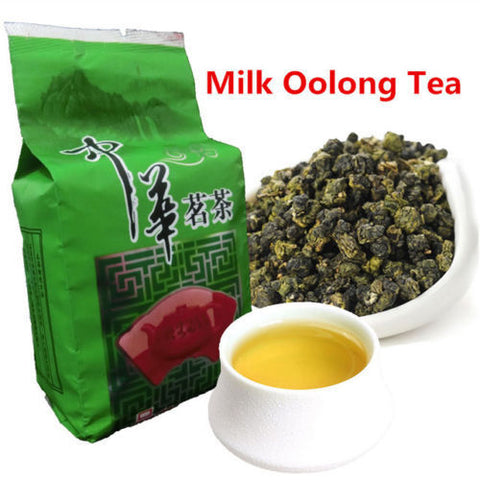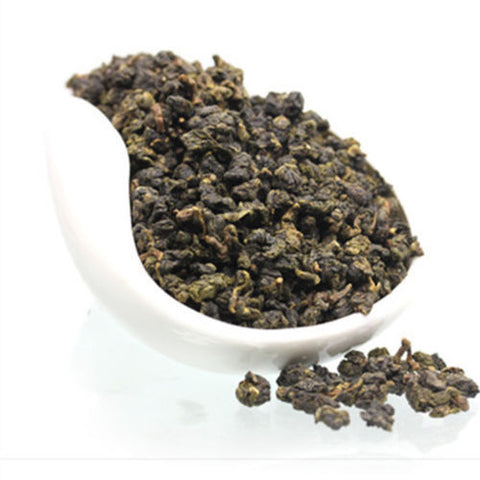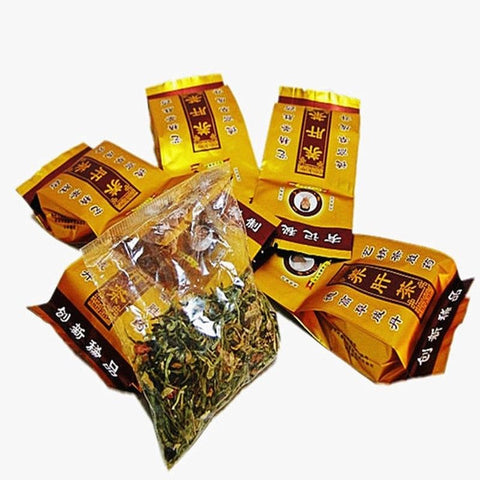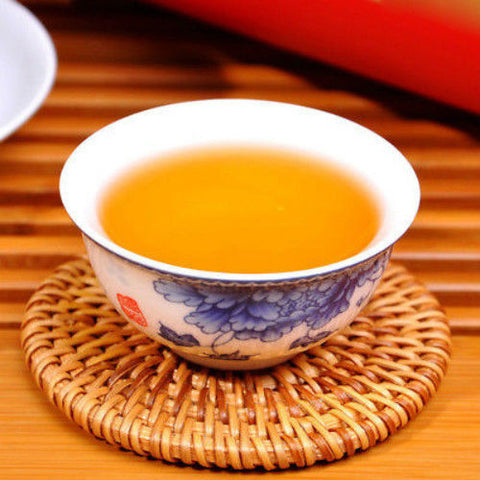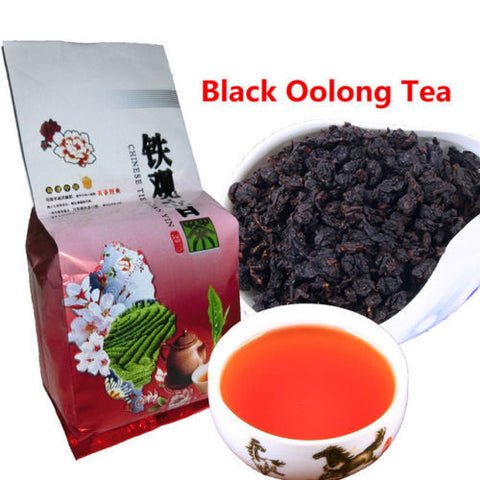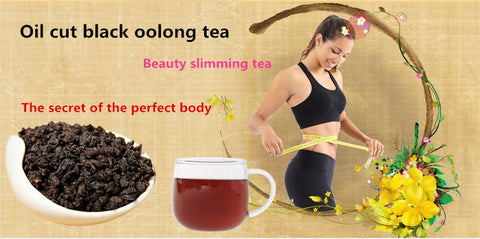Sale
120g Chinese Tea Drink Licorice Dried Licorice Root Liquorice Premium Herbal Tea
2
sold in last
8
hours
Limited-Time Offers, End in:
$19.98
$5.95
Product Description Specification: ● Origin: Anhui, China ● Tea Type: Dry Licorice Root Piece ● Storage Conditions: Dry, Refrigerated; About Licorice (Liquorice) Liquorice, or licorice, is the root of Glycyrrhiza glabra from which a sweet flavour can be extracted. The liquorice plant is a herbaceous perennial legume native...
customers are viewing this product
|
|
Product Description
Specification:
● Origin: Anhui, China
● Tea Type: Dry Licorice Root Piece
● Storage Conditions: Dry, Refrigerated;





About Licorice (Liquorice)
Liquorice, or licorice, is the root of Glycyrrhiza glabra from which a sweet flavour can be extracted. The liquorice plant is a herbaceous perennial legume native to southern Europe and parts of Asia, such as India. It is not botanically related to anise, star anise, or fennel, which are sources of similar flavouring compounds.
Most liquorice is used as a flavouring agent for tobacco, particularly US blend cigarettes, to which liquorice lends a natural sweetness and a distinctive flavour and makes it easier to inhale the smoke by creating bronchodilators, which open up the lungs.Liquorice flavours are also used as candies or sweeteners, particularly in some European and Middle Eastern countries. Liquorice extracts have a number of medical uses, and they are also used in herbal and folk medications. Excessive consumption of liquorice (more than 2 mg/kg/day of pure glycyrrhizinic acid, a liquorice component) may result in adverse effects, and overconsumption should be suspected clinically in patients presenting with otherwise unexplained hypokalemia and muscle weakness.
It is a herbaceous perennial, growing to 1 m in height, with pinnate leaves about 7–15 cm (2.8–5.9 in) long, with 9–17 leaflets. The flowers are 0.8–1.2 cm (1⁄3–1⁄2 in) long, purple to pale whitish blue, produced in a loose inflorescence. The fruit is an oblong pod, 2–3 cm (3⁄4–1 1⁄6 in) long, containing several seeds. The roots are stoloniferous.
Liquorice flavour is found in a wide variety of candies or sweets. In most of these candies, the taste is reinforced by aniseed oil so the actual content of liquorice is very low. Liquorice confections are primarily purchased by consumers in the European Union.
In the Netherlands, the liquorice candy (drop) is one of the most popular forms of sweets. It is one of the many forms that are sold contain aniseed. Mixing it with mint, menthol, or laurel is quite popular. Mixing it with ammonium chloride (salmiak) is also popular. The most popular liquorice, known in the Netherlands as zoute drop (salty liquorice), actually contains very little salt, i.e., sodium chloride. The salty taste is probably due to ammonium chloride and the blood pressure-raising effect is due to glycyrrhizin. Strong, salty sweets are popular in Nordic countries.
Pontefract in Yorkshire was the first place where liquorice mixed with sugar began to be used as a sweet in the same way it is in the modern day. Pontefract cakes were originally made there. In County Durham, Yorkshire, and Lancashire, it is colloquially known as 'Spanish', supposedly because Spanish monks grew liquorice root at Rievaulx Abbey near Thirsk.
Liquorice root chips
Dried sticks of liquorice root
In Italy (particularly in the south), Spain, and France, liquorice is popular in its natural form. The root of the plant is simply dug up, washed, dried, and chewed as a mouth freshener. Throughout Italy, unsweetened liquorice is consumed in the form of small black pieces made only from 100% pure liquorice extract; the taste is bitter. In Calabria a popular liqueur is made from pure liquorice extract.
Liquorice is also very popular in Syria and Egypt, where it is sold as a drink, in shops as well as street vendors. It is used for its expectorant qualities in folk medicine in Egypt.
Dried liquorice root can be chewed as a sweet. Black liquorice contains about 100 calories[dubious – discuss] per ounce (15 kJ/g).
Liquorice is used by brewers to flavour and colour porter classes of beers, and the enzymes in the root also stabilize the foam heads produced by beers brewed with it.
Customer Reviews
Based on 18 reviews
Write a review
